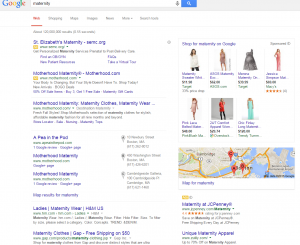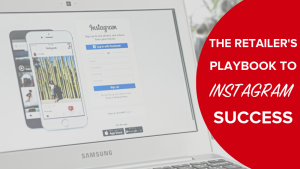
The employment landscape has shifted dramatically in the past few years. As the Great Resignation swept across the country, the “career break” came into sharp focus. Not because it is new—people, especially women, have been taking career breaks for many different reasons for many years. No, the added attention is because the number of people taking career breaks is increasing rapidly. And, where before, employers might have shied away from hiring someone with a gap in their résumé, now they must consider every possible opportunity to fill a position.
The good news is that the increased focus on career breaks creates an outstanding opportunity to remove the stigma from them. Just because someone has taken a break does not mean they are lazy or that their skills are stagnating. Indeed, many people who take a career break are working just as hard, if not harder, as before and are gaining new skills that can serve them well when they reenter the workforce.
LinkedIn, recognizing the value of giving these workers every chance to regain employment, recently added a feature allowing its users to add career breaks to their résumé. So now, instead of having an employment gap that raises questions with prospective employers, LinkedIn users can make the most of their break, showing employers how it helped increase their value. It’s a good solution for all involved.
Breaks are commonplace but not so commonly accepted
Career breaks are starting to become the norm. According to a LinkedIn survey, 62% of all employees worldwide have taken a career break, and 64% of women have done so. Most people associate career breaks with either women who leave their employer to have children and care for them or younger workers who head off into the world for a gap year, but there are many other reasons employees take time away, including parental leave (22%), medical leave (17%), and mental health reasons (14%). Also, family caregiving, such as dealing with healthcare issues for elderly parents with debilitating illnesses (including COVID), is an increasingly cited reason for all employees.
Unfortunately, many employers still view employment gaps with skepticism. Potential hires may not make it through prescreening procedures to get in front of employers if other candidates without similar breaks are available. And employees who return to a previous position after a break often feel their skills are in question.
But the power dynamic on breaks is shifting, especially as the number of people with breaks on their résumé increases. The shift in the workforce toward millennials and younger generations is also forcing employers to reconsider their positions on career breaks. The vast majority of millennials (84%) expect to take an extended career break at some point in their life.
In the future, it will be increasingly difficult for employers to find potential hires who have not had a break. So, it is in both the employer’s and employee’s best interest for employers to focus on how potential employees developed during their time away.
Making the most of career breaks
Just because an employee leaves the workforce temporarily does not mean that they are not developing relevant skills. Of those who returned to the workforce, 53% say they are better at their job after taking a break. Perhaps more importantly, 50% of hiring managers believe people returning from a career break have often gained valuable soft skills, and 51% believe workers who take breaks can restart their career any time.
LinkedIn’s new career break profile feature allows users to detail the reasons they left the workforce and the skills they gained or reinforced during their break. Instead of having a chronological employment gap that raises questions, prospective employees now have a new chance to sell their skills.
Admittedly, some skillsets built during a break are harder to sell than others. Hard skills, such as solving healthcare issues for family members, is a chore that requires creative thinking and brainstorming. Employees may have to juggle mortgage payments, student loan payments, and the added medical and living costs for family members, teaching them how to optimize spending. And when employees have to unexpectedly take in a family member, they must become logistics and budgeting experts—critical skills for many employers.
Employees also may be developing skills through tangential projects. For instance, they may start a blog about their caregiving experience, building crucial writing skills. Perhaps they open their own business to generate extra cash flow on the side, giving them added financial planning, marketing, and sales expertise, even management skills—all of which should be added to their résumé.
And just as often, those who take breaks for caregiving reasons, whether for children or ailing family members, often cite increased patience and self-awareness as benefits of their time away. These soft skills can be more difficult to translate into benefits for employers, even though they are undoubtedly important for both team building and effective management. Yet, for employees to showcase these skills, employers must get past the career break stigma.
The pandemic and the ensuing Great Resignation shined a spotlight on workers’ legitimate needs and desires for a career break. In fact, 69% of people who took a break say the time away helped them gain perspective, and 68% say taking a break positively impacted their well-being. It’s time for employers and employees alike to change their perception of breaks. And by offering certain profile features and sharing research, platforms like LinkedIn are making it easier for employees to include their new career-break skills and attract employers.
Nahla Davies is a software engineer and a technical copywriter based in New York.
Fast Company , Read Full Story
(23)





